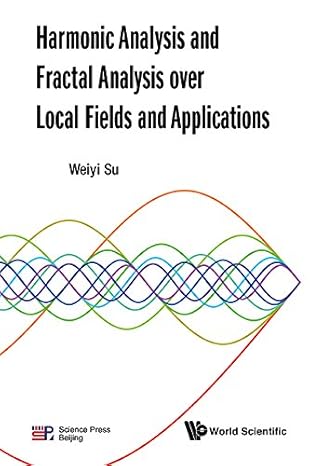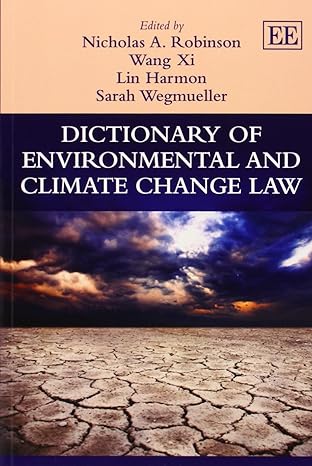The Chemical Engineer’s Practical Guide to Fluid Mechanics: Now Includes COMSOL Multiphysics 5
Since most chemical processing applications are conducted either partially or totally in the fluid phase, chemical engineers need mastery of fluid mechanics. Such knowledge is especially valuable in the biochemical, chemical, energy, fermentation, materials, mining, petroleum, pharmaceuticals, polymer, and waste-processing industries.
Fluid Mechanics for Chemical Engineers: with Microfluidics, CFD, and COMSOL Multiphysics 5, Third Edition, systematically introduces fluid mechanics from the perspective of the chemical engineer who must understand actual physical behavior and solve real-world problems. Building on the book that earned Choice Magazine’s Outstanding Academic Title award, this edition also gives a comprehensive introduction to the popular COMSOL Multiphysics 5 software.
This third edition contains extensive coverage of both microfluidics and computational fluid dynamics, systematically demonstrating CFD through detailed examples using COMSOL Multiphysics 5 and ANSYS Fluent. The chapter on turbulence now presents valuable CFD techniques to investigate practical situations such as turbulent mixing and recirculating flows.
Part I offers a clear, succinct, easy-to-follow introduction to macroscopic fluid mechanics, including physical properties; hydrostatics; basic rate laws; and fundamental principles of flow through equipment. Part II turns to microscopic fluid mechanics:
- Differential equations of fluid mechanics
- Viscous-flow problems, some including polymer processing
- Laplace’s equation; irrotational and porous-media flows
- Nearly unidirectional flows, from boundary layers to lubrication, calendering, and thin-film applications
- Turbulent flows, showing how the k-ε method extends conventional mixing-length theory
- Bubble motion, two-phase flow, and fluidization
- Non-Newtonian fluids, including inelastic and viscoelastic fluids
- Microfluidics and electrokinetic flow effects, including electroosmosis, electrophoresis, streaming potentials, and electroosmotic switching
- Computational fluid mechanics with ANSYS Fluent and COMSOL Multiphysics
Nearly 100 completely worked practical examples include 12 new COMSOL 5 examples: boundary layer flow, non-Newtonian flow, jet flow, die flow, lubrication, momentum diffusion, turbulent flow, and others. More than 300 end-of-chapter problems of varying complexity are presented, including several from University of Cambridge exams. The author covers all material needed for the fluid mechanics portion of the professional engineer’s exam.
The author’s website (fmche.engin.umich.edu) provides additional notes, problem-solving tips, and errata.
Register your product at informit.com/register for convenient access to downloads, updates, and corrections as they become available.
چکیده فارسی
راهنمای عملی مهندس شیمی برای مکانیک سیالات: اکنون شامل COMSOL Multiphysics 5 است
از آنجایی که بیشتر کاربردهای پردازش شیمیایی به طور جزئی یا کامل در فاز سیال انجام می شود، مهندسان شیمی به تسلط بر مکانیک سیالات نیاز دارند. چنین دانشی به ویژه در صنایع بیوشیمیایی، شیمیایی، انرژی، تخمیر، مواد، معدن، نفت، داروسازی، پلیمر، و صنایع فرآوری زباله بسیار ارزشمند است.
مکانیک سیالات برای مهندسان شیمی: با Microfluidics، CFD، و COMSOL Multiphysics 5، ویرایش سوم، بطور سیستماتیک مکانیک سیالات را از دیدگاه مهندس شیمی که باید درک کنند، معرفی می کند. رفتار فیزیکی واقعی و حل مشکلات دنیای واقعی. این نسخه با تکیه بر کتابی که جایزه بهترین عنوان آکادمیک مجله انتخاب را به ارمغان آورد، این نسخه همچنین معرفی جامعی از نرم افزار محبوب COMSOL Multiphysics 5 ارائه می دهد.
این نسخه سوم شامل پوشش گسترده ای از میکروسیالات و دینامیک سیالات محاسباتی است که به طور سیستماتیک CFD را از طریق مثال های دقیق با استفاده از COMSOL Multiphysics 5 و ANSYS Fluent نشان می دهد. فصل تلاطم اکنون تکنیکهای ارزشمند CFD را برای بررسی موقعیتهای عملی مانند اختلاط آشفته و جریانهای چرخشی ارائه میکند.
قسمت اول مقدمهای واضح، مختصر و آسان برای مکانیک سیالات ماکروسکوپی، از جمله خواص فیزیکی، ارائه میکند. هیدرواستاتیک؛ قوانین نرخ پایه؛ و اصول اساسی جریان از طریق تجهیزات. بخش دوم به مکانیک سیالات میکروسکوپی می پردازد:
- معادلات دیفرانسیل مکانیک سیالات
- مشکلات جریان چسبناک، برخی از جمله پردازش پلیمر
- معادله لاپلاس؛ جریان های غیر چرخشی و متخلخل رسانه ای
- جریانهای تقریباً یک جهته، از لایههای مرزی گرفته تا روغنکاری، کلندرینگ و برنامههای لایه نازک
- جریان های آشفته، نشان می دهد که چگونه روش k-ε نظریه طول اختلاط معمولی را گسترش می دهد
- حرکت حباب، جریان دو فازی، و سیال شدن
- سیالات غیر نیوتنی، از جمله سیالات غیر کشسان و ویسکوالاستیک
- میکروسیال و اثرات جریان الکتروکینتیک، از جمله الکترواسموز، الکتروفورز، پتانسیل جریان، و سوئیچینگ الکترواسموتیک
- مکانیک سیالات محاسباتی با ANSYS Fluent و COMSOL Multiphysics
نزدیک به 100 نمونه عملی کاملاً کار شده شامل 12 نمونه COMSOL 5 جدید است: جریان لایه مرزی، جریان غیر نیوتنی، جریان جت، جریان قالب، روانکاری، انتشار مومنتوم، جریان آشفته، و موارد دیگر. بیش از 300 مسئله پایان فصل با پیچیدگی های متفاوت ارائه شده است، از جمله چندین مورد از امتحانات دانشگاه کمبریج. نویسنده تمام مطالب مورد نیاز برای بخش مکانیک سیالات امتحان مهندس حرفه ای را پوشش می دهد.
وبسایت نویسنده (fmche.engin.umich.edu) یادداشتهای اضافی، نکات حل مسئله و اشتباهات را ارائه میدهد.
محصول خود را در informit.com/register ثبت کنید تا دسترسی راحت به بارگیریها، بهروزرسانیها و اصلاحات به محض در دسترس قرار گرفتن آنها باشد.
ادامه ...
بستن ...


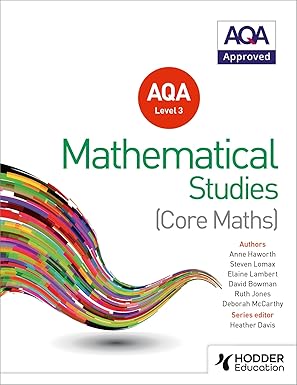
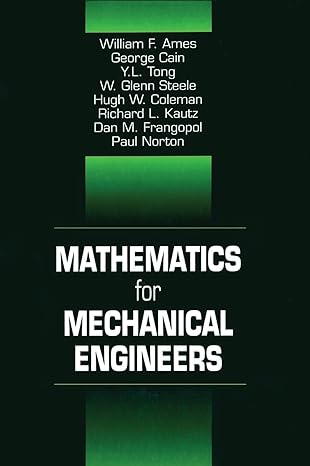

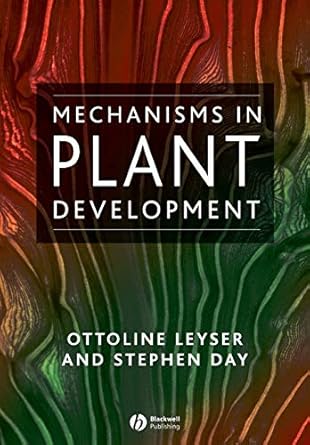

![[Soultion Manual] Statistics for Management and Economics (11th Edition) - Word [Soultion Manual] Statistics for Management and Economics (11th Edition) - Word](https://dl.libsan.ir/images/1/12/61JGRNKwfUL._SY466__66fd1fc169714.jpg)

